Blossoming connections
Bringing together the National Trust movements in the UK and Japan to learn and share
With support from the Great Britain Sasakawa Foundation and our TAP INTO programme, staff from INTO and the National Trust are visiting Japan from 25 March to 4 April 2024.
The purpose of the visit is threefold. Firstly, to connect with the heritage and nature conservation sector in Japan. Secondly, to deepen understanding of the cultural phenomenon of Hanami, which has inspired Blossom, the National Trust’s largest annual public engagement campaign. And thirdly, to scope out opportunities for future collaboration and projects together.

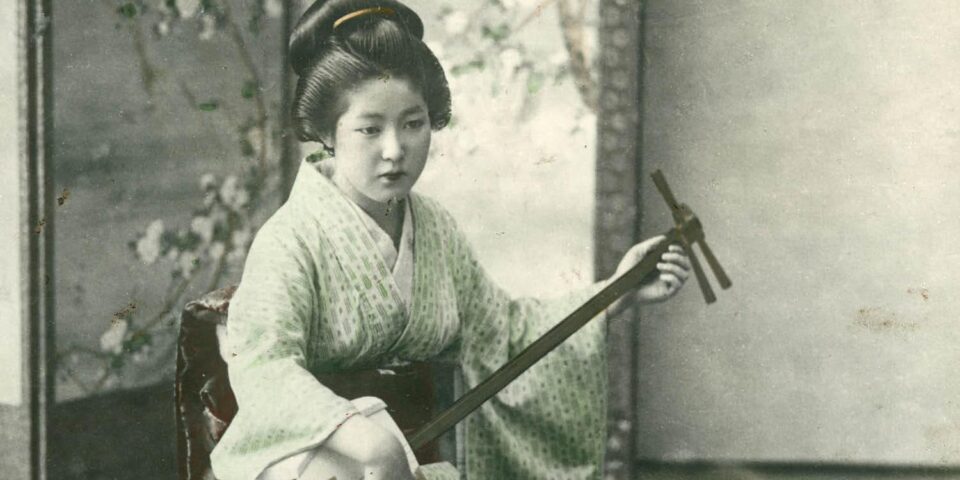
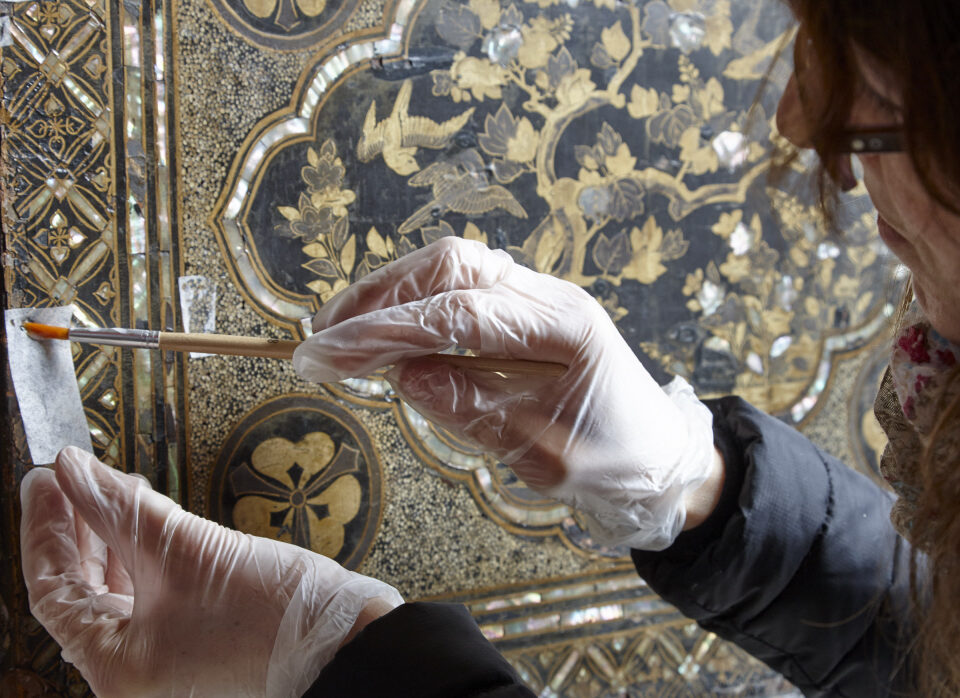
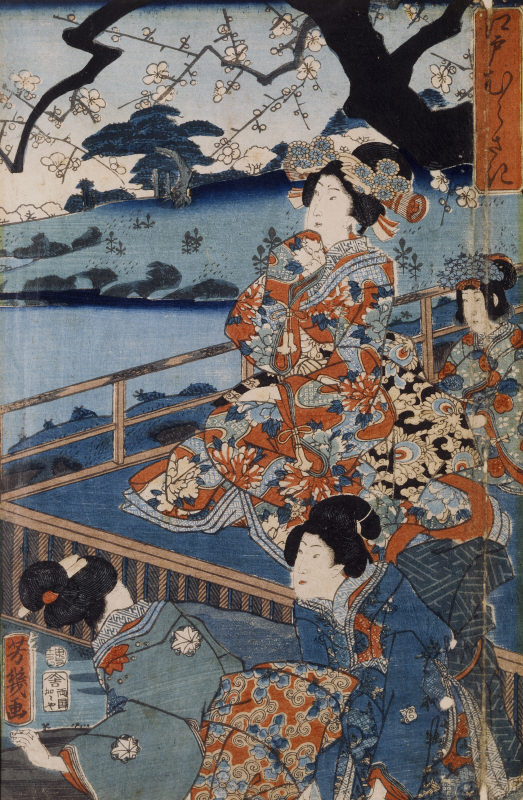
Connecting with the Japanese sector
The National Trust movement began in Japan in 1964 when Oyatsu Forest near Tokyo was threatened by urban development. 1.5 hectares of forest were purchased with funds donated from across the country and looked after by the newly formed Kamakura National Trust for present and future generations. Other ‘land trusts’ followed and now there are over sixty that preserve and protect the natural and cultural heritage of Japan.
INTO has been working with one of these, Amenity 2000 Association, for many years. And they have now created a group to further strengthen their research into – and promotion – of the National Trust movement in Japan.
Our Secretary-General, Catherine Leonard, will be visiting the Vories Rokko Cottage, looked after by the Amenity 2000 Association and meeting members of the Research Association at their AGM. She will also connect with the Association of National Trusts in Japan, the Japan National Trust and IUCN Japan, amongst others.
What is Hanami?
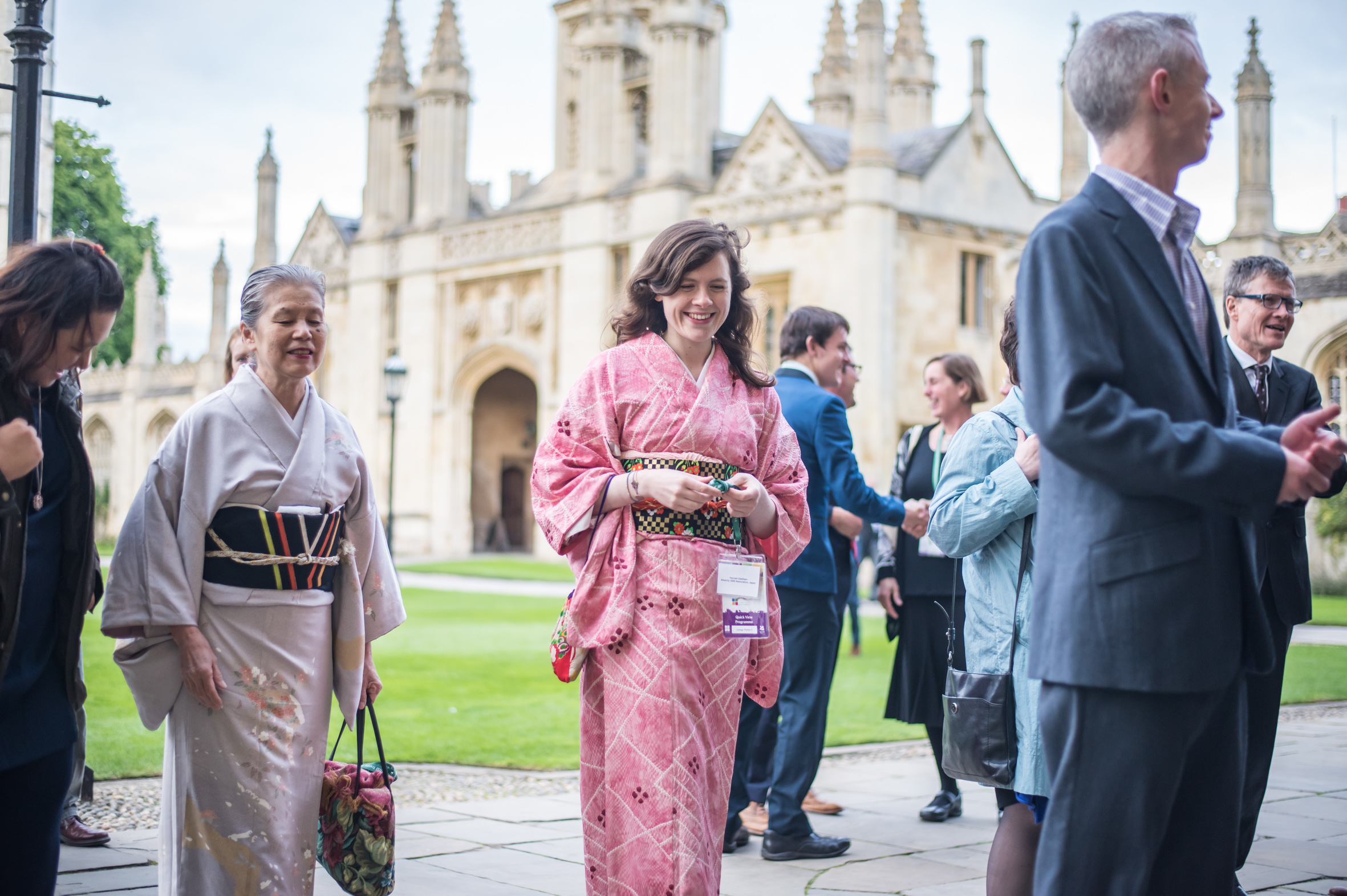
The visit is happening at the height of Hanami. We spoke to Junko Shimizu, Founder of the Amenity 2000 Association (pictured above at INTO Cambridge 2015) about the importance of this annual festival.
A new start
“Cherry blossom season is around the end of March, beginning of April. This is the ‘starting’ season for many Japanese. Schools, companies and government offices all start their new official year on 1st April. So for many, cherry blossom is connected to happy memories of the time when they started a new stage of life, full of hope. I personally remember my children starting school with the cherry blossom petals falling like a blessing shower.”
Media buzz
“Cherry blossoms tell us that the cold winter is gone and it’s time to take off heavy coats. People are eager to get this sign. In the middle of March, the media begin to talk about cherry blossoms in Japan:
‘This year cherry blossoms are slower to bloom than usual.’
‘In Osaka, cherry blossoms are in full bloom.’
‘Cherry trees in the temple garden are beginning to lose their blossom.’
‘The Cherry blossom ‘front’ is now in Miyagi prefecture.’”
Hanami literally means “viewing blossoms.” Long ago, around the 7th century, when the Japanese talked about “hana” (which means flower) they were referring mainly to plum blossoms. But years later “hana” has come to mean cherry blossoms. And now Hanami means “going out to enjoy cherry blossoms.” It is one of the most featured images in Japanese art and literature.
Why do you love it personally?
“Do you know the shape of cherry blossoms? One blossom is a small flower, around 3 centimetres in diameter with five petals. They bloom in clusters, so they look like pink clouds around the trees. They are in bloom only for a week or ten days, and they scatter away almost simultaneously.
We feel they have no hesitation in living and dying. I think that’s why the Japanese are attracted to cherry blossoms. We not only love the beauty of blossoms. Their ‘quick to come and quick to go’ lifestyle make us love them more. A noted poet in 9th century made a poem, ‘Suppose there are no cherry trees in the world, how calm and peaceful my heart would be!’
Catch them while you can
So, in cherry blossom season, we go out to see them. With family, with friends, with colleagues, alone. Some people take lunch boxes, some drinks, some a barbecue, some go with empty hands. It is time to welcome a new spring, and for older people like us, it is time be thankful we can see cherry blossoms again and hope to be able to see them next year.”
Future collaboration
We hope that establishing closer links will lead to opportunities for collaboration and exploring the origins of – and stories behind – some of the Japanese collections in National Trust places. These include Japanese gardens, furniture, prints, armour and in the case of National Trust for Scotland, a collection of paintings and contemporary photographs by Edward Atkinson Hornel.
We are grateful to the Great Britain Sasakawa Foundation for supporting this important exchange.

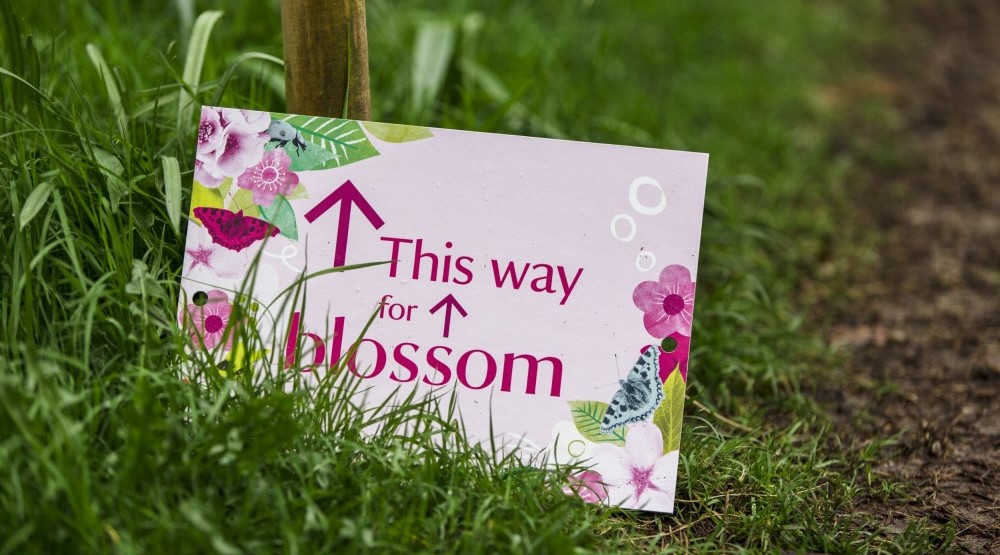
Blossom at the National Trust
In 2020, the National Trust started Blossomwatch in England, Wales and Northern Ireland. Inspired by Hanami, this campaign encourages people to stop and take time to notice nature. Building on this, the Trust’s current Blossom campaign seeks to connect more people to nature through a shared annual celebration of spring.
Read more about Blossom